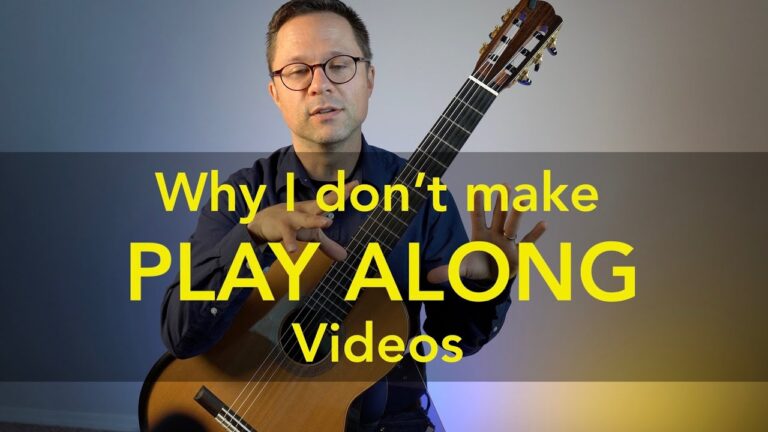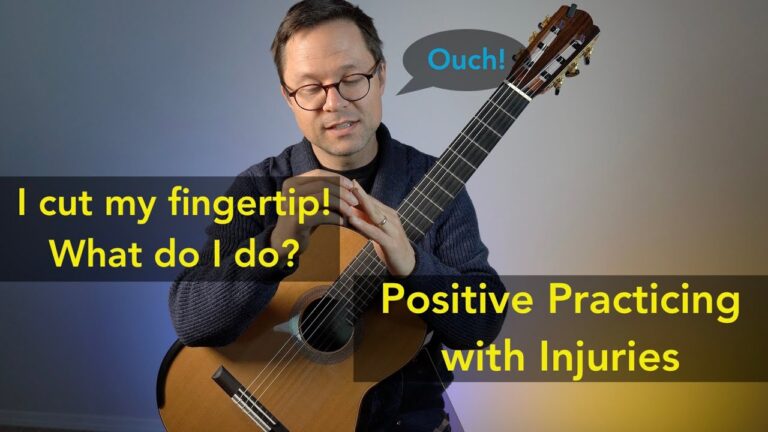This exercise is from my new book Classical Guitar Technique: Essential Exercises, Scales, and Arpeggios. The 122 page book includes: Practice Routines, Tips, 100 Open String Exercises, 120 Giuliani Arpeggios, Scales, Slur Exercises, Shifts, Finger Independence, Barre, Tremolo, Common Harmonics, and much more.
Triads are the three notes used in major and minor chords (formed with the 1st, 3rd, and 5th notes of a scale). Other instruments practice triadic arpeggios at early stages but guitarists often avoid them while favouring right hand patterns over common chord shapes. For the purposes of technique practice, I have made most of the arpeggios start in the first position and shift into upper positions. This often occurs in repertoire and is great practice for control, shifts, and fingering in both hands.
Right Hand Fingering – Any logical right hand fingering is acceptable. I like to use awkward string crossings with rapid m-a exchanges at the top (it’s a good thing to practice), but feel free to use other fingerings. A common solution is to use a light double rest stroke in the thumb (as shown in brackets for the first example). Using slurs can really make these easier for both hands but I’ve decided to aim for a challenging workout instead. Try to sustain notes whenever possible by keeping the left hand fingers down until needed.




